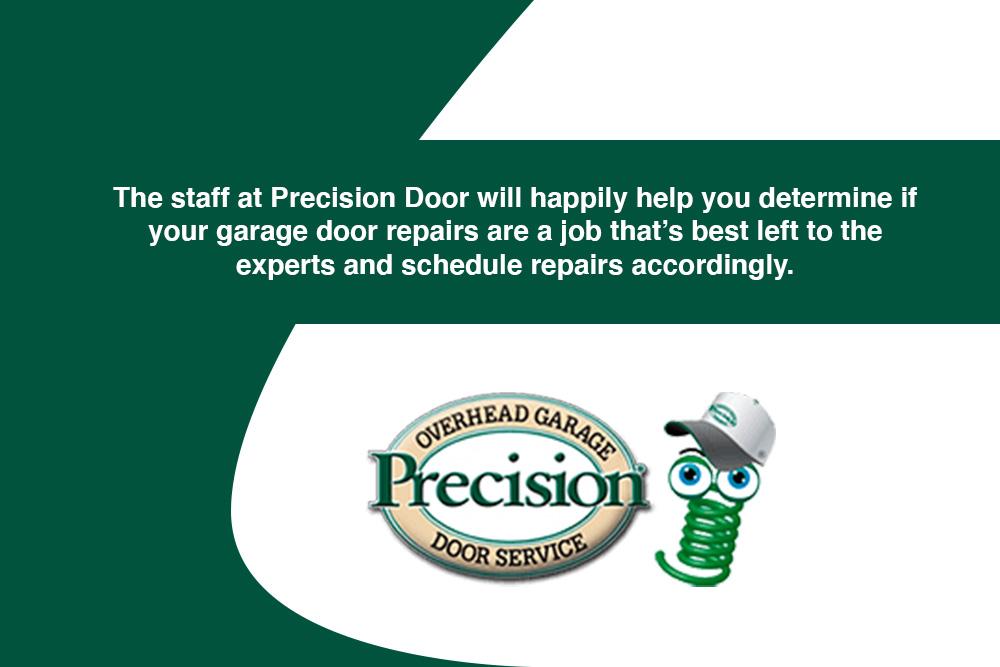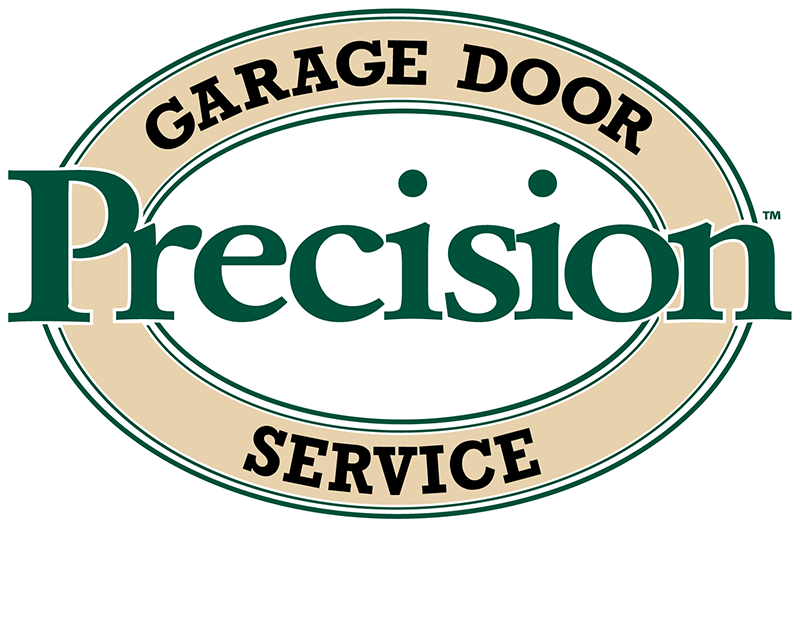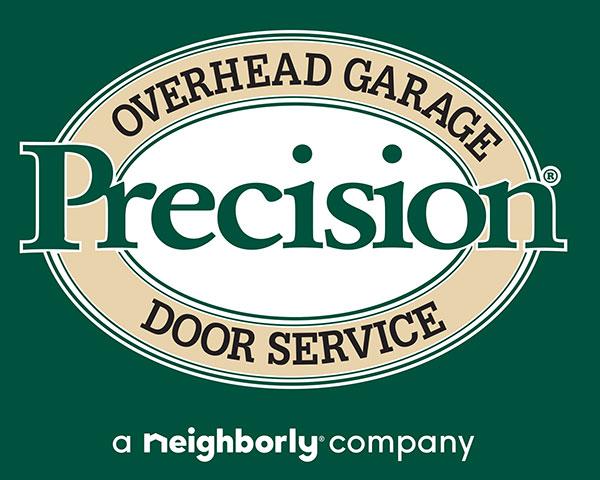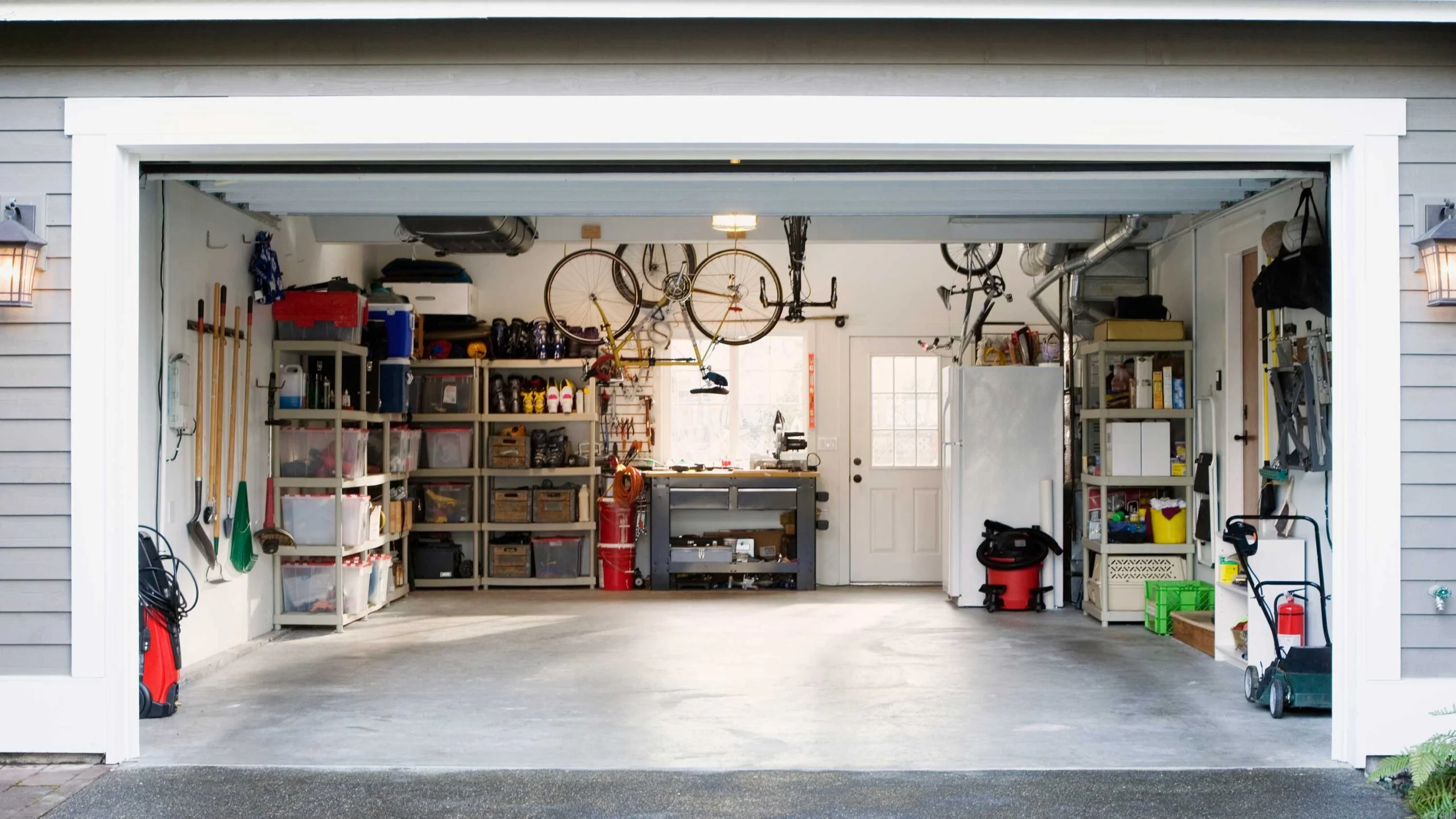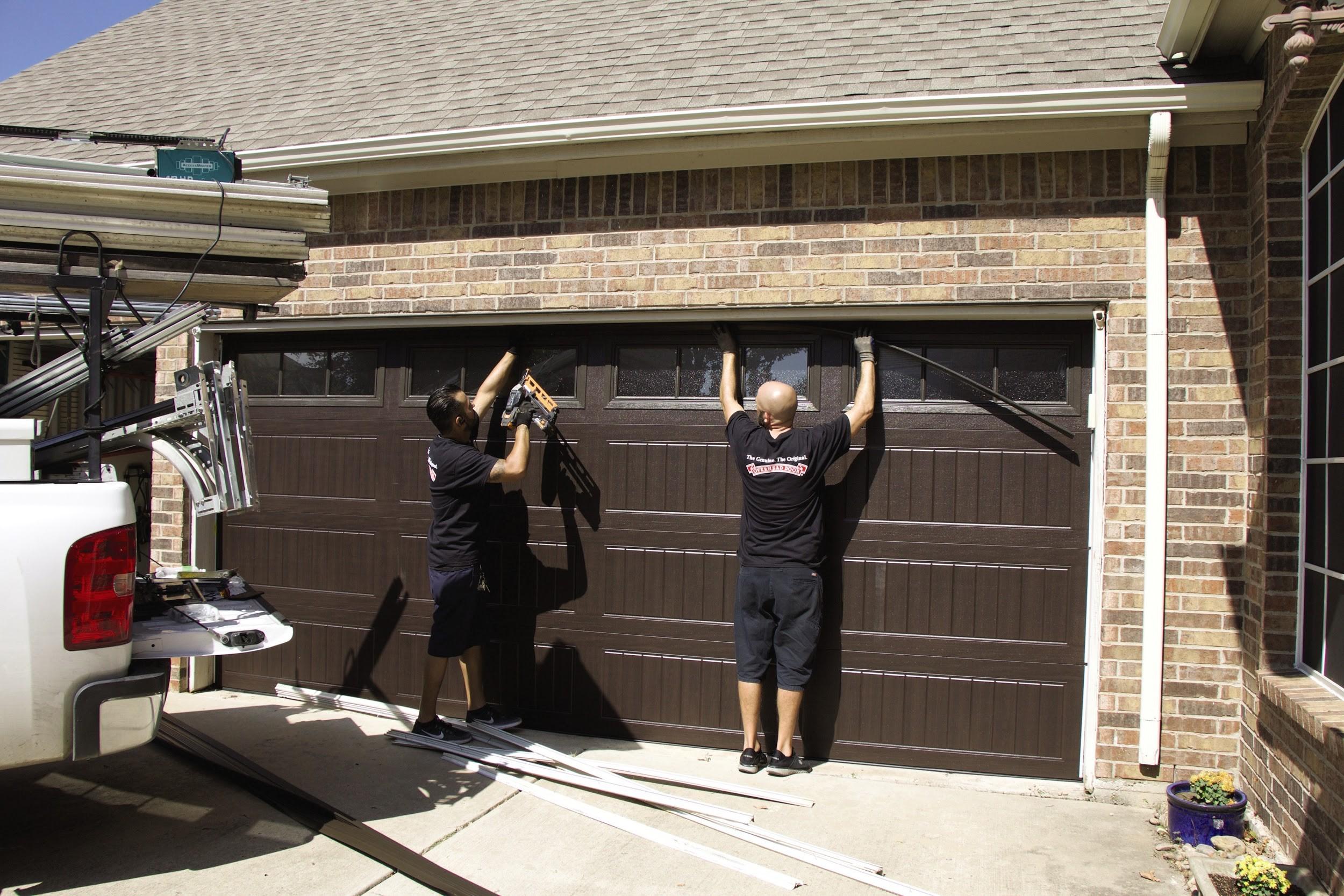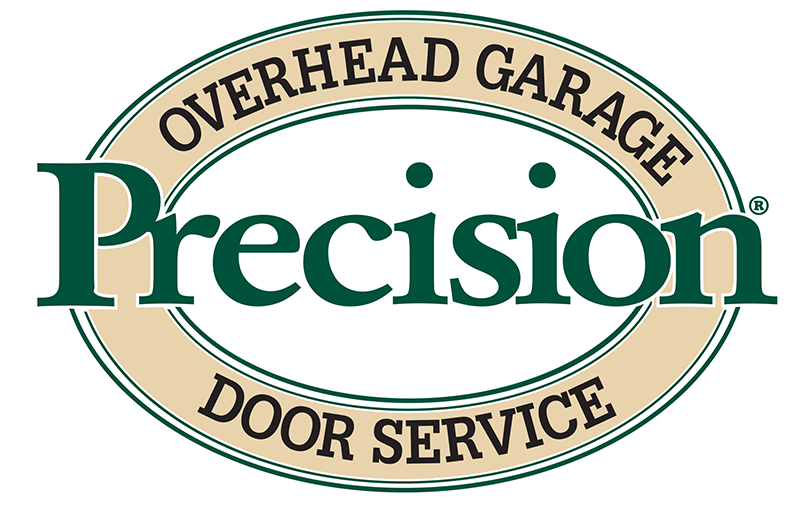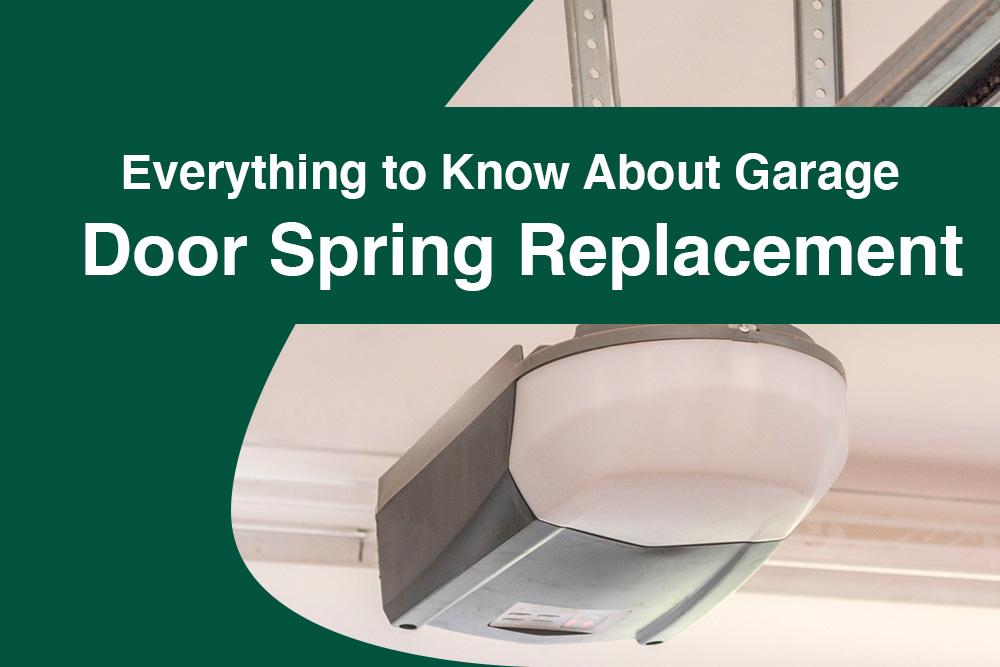
Everything to Know About Garage Door Spring Replacement
Your garage door is made of many moving parts. Over time, it’s natural for those components to break and need to be replaced. One part that might break is the garage door springs. The springs on a garage door are vital for smooth operation, and they also make the door safer to use. The springs allow the garage door to be opened manually, using your hands, or with a garage door opener. As the years go by, the springs will eventually become less effective and need to be replaced. Some homeowners choose to save money and repair the springs themselves, while others hire the pros to help with the arduous and potentially dangerous task. So how do you decide whether to go it alone or get help for garage door repair in Santa Maria? The helpful staff at Precision Door will gladly explain everything you need to know about garage door spring replacement.
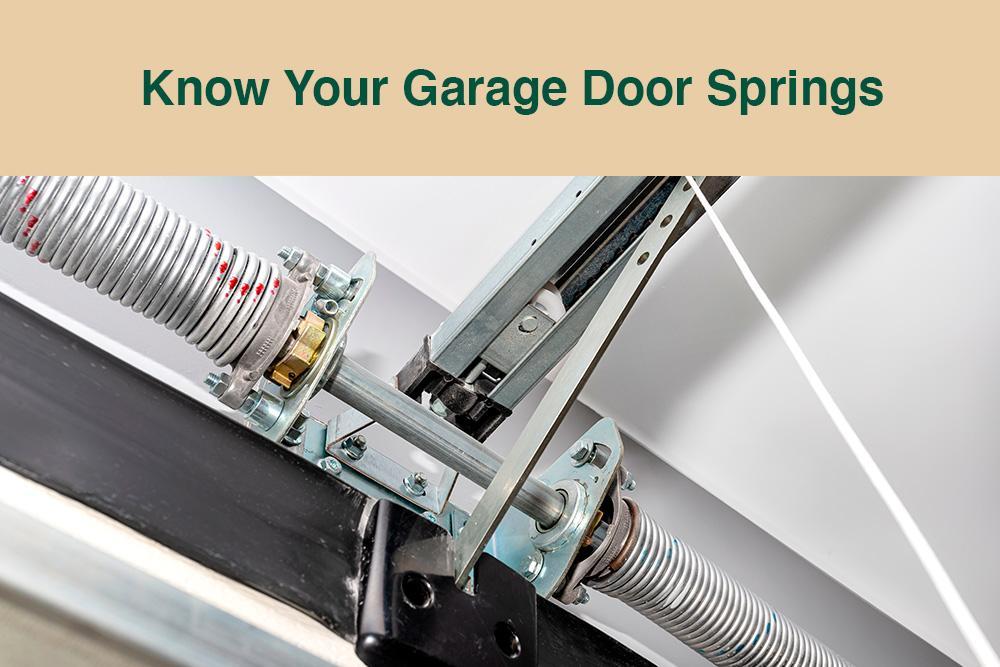
Know Your Garage Door Springs
Garage door springs come in many different kinds. No matter what type you get, you’ll want to make sure that you are getting garage door springs with the same physical structure as the ones you are replacing, which means you will need to get garage door springs of the same length and diameter. Springs also vary depending on whether you are repairing a residential or a commercial garage door. Residential garage doors usually have one of two different types of springs called extension and torsion. Extension springs are relatively long and lightweight, and they are mounted above the door tracks and are placed perpendicular to the door. Extension springs generally operate on a cable and pulley system. Torsion springs are mounted to a metal rod, also called a torsion rod. While extension springs are mounted horizontal to the garage door, torsion springs are mounted parallel to the door. Torsion springs are stretched out with pulleys and cables.
How do Garage Door Springs Work?
Garage door springs operate in a complete system that includes the cable and pulleys in addition to the springs. The cable works with the springs to help reduce the weight on the garage door, and the pulleys make it easier to lift the door. If the garage door has extension springs, it comes with a set of two cables and two pulleys on each side. The end of the first cable is attached to the bottom of the door, which is attached to one stationary pulley and one moveable pulley. The moveable pulley is attached to the spring, which is mounted to the door track with an anchored bracket. When the door closes, the cable and pulleys stretch out the spring, which creates tension that makes it easier to open the door the next time you open it. However, the garage door also has safety cables that help keep the spring in place if it breaks. The safety cables are required on modern garage doors. Even if your garage doors do not have safety cables, it’s good to get them installed whenever you decide that it is time to replace the springs.
How to Tell if the Springs are Failing
When the springs on your garage door begin to fail, you’ll want to seek assistance from a San Luis Obispo garage door repair expert. However, before you call in the pros, there are a few telltale warning signs that you can look out for to determine whether or not the springs on your garage door are starting to fail. As a general rule of thumb, a garage door classified as “heavy” should open with no more than 10 pounds of force. If the garage door takes more force than that to open, it is likely the case that the springs are starting to age. In some cases, it can take up to 200 pounds of pressure for the door to open, which puts a strain on the garage door, is less energy-efficient, and can even pose a safety hazard. If a garage door requires that amount of pressure to open, you can rest assured that the springs are most likely close to the end of their lifespan, and they will need to be replaced in the near future.
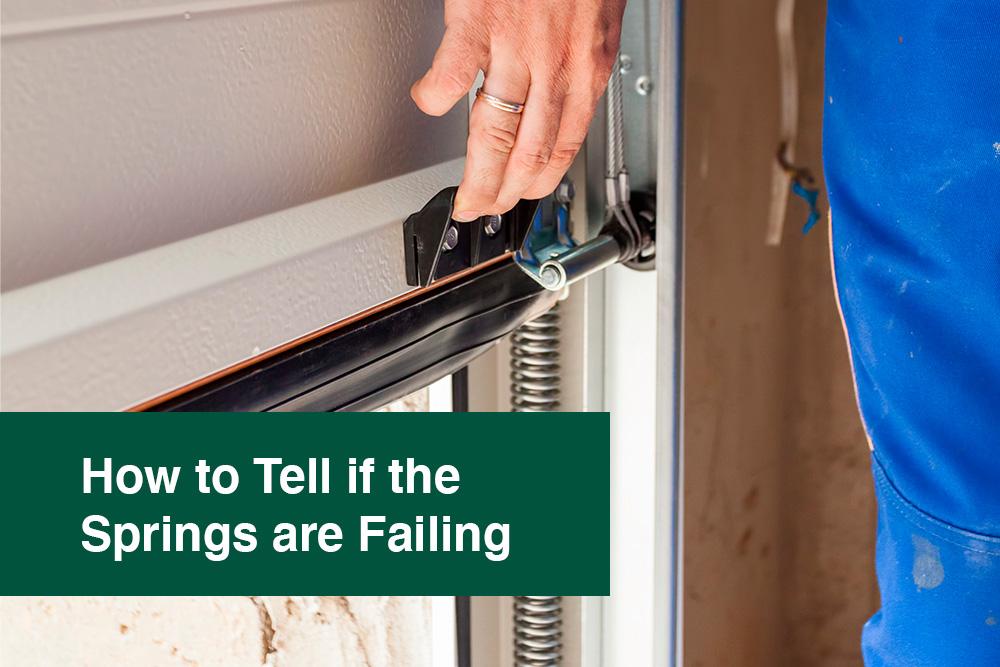
Along with figuring out how much force is required to open the garage door, you can also get a sense of when to replace the garage door depending on how much strain you encounter with the electric door opener if you use one to open the garage door. A garage door opener under pressure will start to strain as you try to open the garage door. If the electric garage door opener starts to struggle with the door’s weight, replacing the spring and even the door itself is crucial, as older garage doors can suddenly break when the spring goes down and slam shut. Even if the garage door does not suddenly slam shut, the spring can still break and make a loud sound similar to a gunshot. The door may also be very difficult to open if you hear the spring break. The garage door opener you’ve been using to open the door may also stop working. If that happens, it is critical to have the springs on the garage door replaced, as they cannot simply be repaired. Usually, if one spring on the garage door breaks, you will need to replace both of the springs so that they function correctly and work simultaneously to open and close the garage door.
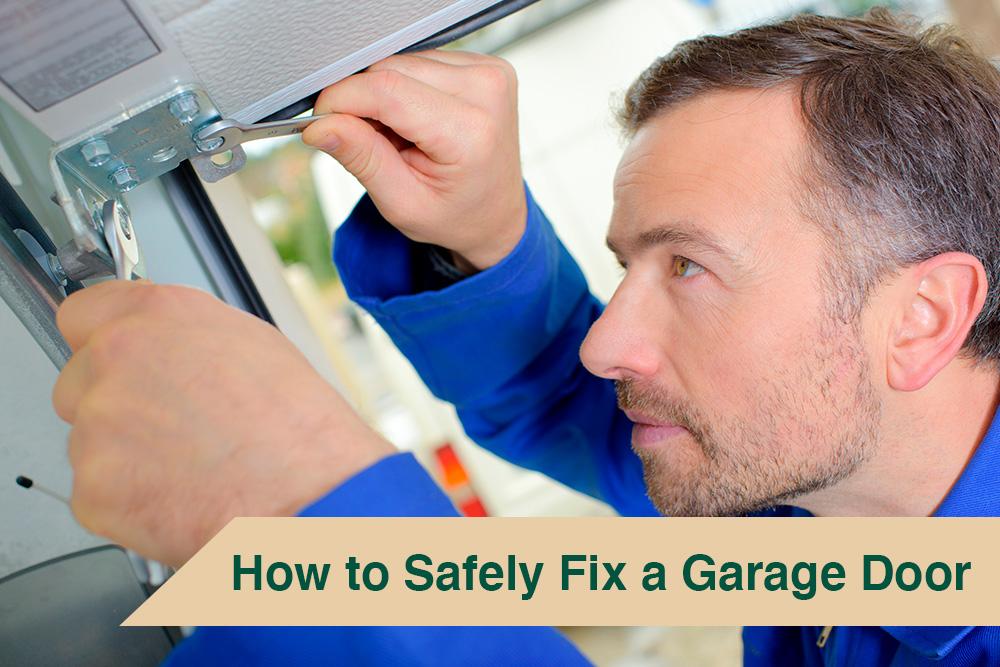
How to Safely Fix a Garage Door
If you think that the spring on your garage door is open, you’ll need to follow a few simple steps to ensure that you safely disconnect the garage door opener from the garage door. For starters, it’s important to never pull the emergency release handle to disconnect the garage door opener if the door is open. Doing so can make the garage door crash down without having a safety mechanism in place to control the speed and weight of the door. Additionally, if you think that the spring is broken, it’s imperative to never leave the garage door open, as someone else in the household may not realize that the door is broken and try to close it, which in turn will make the door forcefully slam shut with all of its weight. If you conclude that the garage door must stay open until you can make repairs or hire a professional for garage door repair in Santa Maria to help, make sure that the door is secure and won’t move. You can do that by putting blocks on both sides of the garage door tracks to prevent movement. Alternatively, you can disconnect the garage door opener if that’s the method that you use to open the garage door. Sometimes, you may determine that the door is better off left in a closed position until you can have it fixed. If you decide to leave the door closed, ask a few people to help you gently and safely lower the garage door until it is firmly on the ground.
When to Call the Pros
While you can make some garage door repairs on your own, repairs to the springs are best left to the professionals, as spring repairs can be hazardous work. The staff at Precision Door will happily help you determine if your garage door repairs are a job that’s best left to the experts and schedule repairs accordingly.
